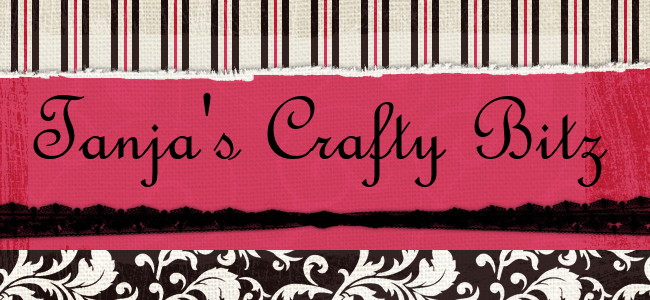When tearing mulberry paper, use a ruler, paintbrush and water. Lightly score the paper along the line you want to tear then brush water onto the line. Use your fingers to tear along the wet line. This will give a fluffy, feathered effect edge.
Use sticky fixers or glue dots to give a raised image to embellishments.
To avoid unslightly glue when using vellum, use spray adhesive or glue intermittently and cover the glue areas with embellishments. Alternatively secure vellum in position by using outline stickers.
Use a cocktail stick or a pair of tweezers to peel outline stickers of their backing sheets.
When making wedding invitations use an inexpensive technique and a design that is quick to replicate and relatively light and flat for posting.
Using an outline sticker the same colour as your card will give an embossed effect.
Use gift wrapping ribbon (like you use at Christmas) for creating borders or just as plain ribbon. You can get it in a variety of colours, including holographic.
Stuck for inspiration when it comes to thinking up a verse or words of sentiment for yuor card? Keep bought cards and refer to them to inspire you.
Never ever stick anything down until you have e xperimented with it, and you are 100% happy with how it looks. Position it first, tweak it, then stick it.
Takeaway plastic boxes are excellent for storage because they are both see-through and handily stackable.
When designing a new card, use repositionable glue until you are completely happy with the way your card looks and - only then - fix it down permanently.
You can sharpen scissors on glass jars / bottle necks by running the blade along the glass as if you were trying to cut the glass. This does not harm either the glass or blade.
When you are matting and layering put your topper, or the bottom sheet of decoupage, to the edge of a cutter to get the sizing. Add 5mm to one long edge and one short edge to get your next size to cut your matt. This then leaves a nice 2.5mm border all the way around.
When you have cut a circle or oval shape, use the fine side of an emery board to smooth any rough cuts that may be left behind, just gently file along the cut edge.
On a quiet day, print out several items needed for card making and keep them safe in separate see-through plastic bags. Then you'll be ready for a quick crafting fix at a later date.
If you are stuck for a toper for a card check out the internet - there are lots of free downloads - just type what you are looking for in the search engine and see what comes up.
When using duble-sided tape, only peel back a little on each side. Place the card, then peel off the rest. This ensures the card / topper is in the corre ct place -then you can pull off the rest.
Keep a photo of your handmade cards and put them in an album so that you have easy access to help you with all those orders you get from people who have seen your cards. Always make sure that potential buyers of your products can contact you when they want a card - so put yur contact details on the card in a prominetn position, such as the back of the card.
Crafting should be fun and enjoyable: have fun making your cards and experiment!
When cutting out your decoupage, use one of those small photo albums with the pockets to put them in. They are easy to see, keep nice and flat and are easy to store. Then you can just flip through and choose one.
When making birthday cards for friends and family, make a Christmas card for them at the same time. If that person has a significant other that you also make a birthday card for, then make a Christmas card at the same time, to be used for neighbours etc - as this helps keep the stress levels down.
Store your colouring ink pens horizontally so they don't dry out.
There are many unmounted rubber stamps available but many crafters still purchase wooden backed stamps. When these are new and unused, coat the wood with v arnish or cheap clear nail polish as theis helps keep ink off the stamp and keeps them in pristine condition.
If you are new to crafting check out your local area to see if there are any crafting clubs / groups - these are always good to attend because they are fun and you will learn new techniques.
When the high street accessory shops have sales it's time to check out the jewellery counters. Dangly earringsand pendants can be taken apart and made into pretty charms.
Keep your hands pristinely cean as your craft - wash them at regular intervals. And keep your work out of reach ofpets, kids, cups of tea, coffee or wine!
Always have a good air of sharp scissors on hand.
Use thin spaghetti to pick up embellishments - suck the end then touch the embellishment and it will lift it up, ready to be placed onto the glue.
If you are not very good at cutting decoupage and you are left with white around the edges, touch up with felt tip or a pencil crayon.







